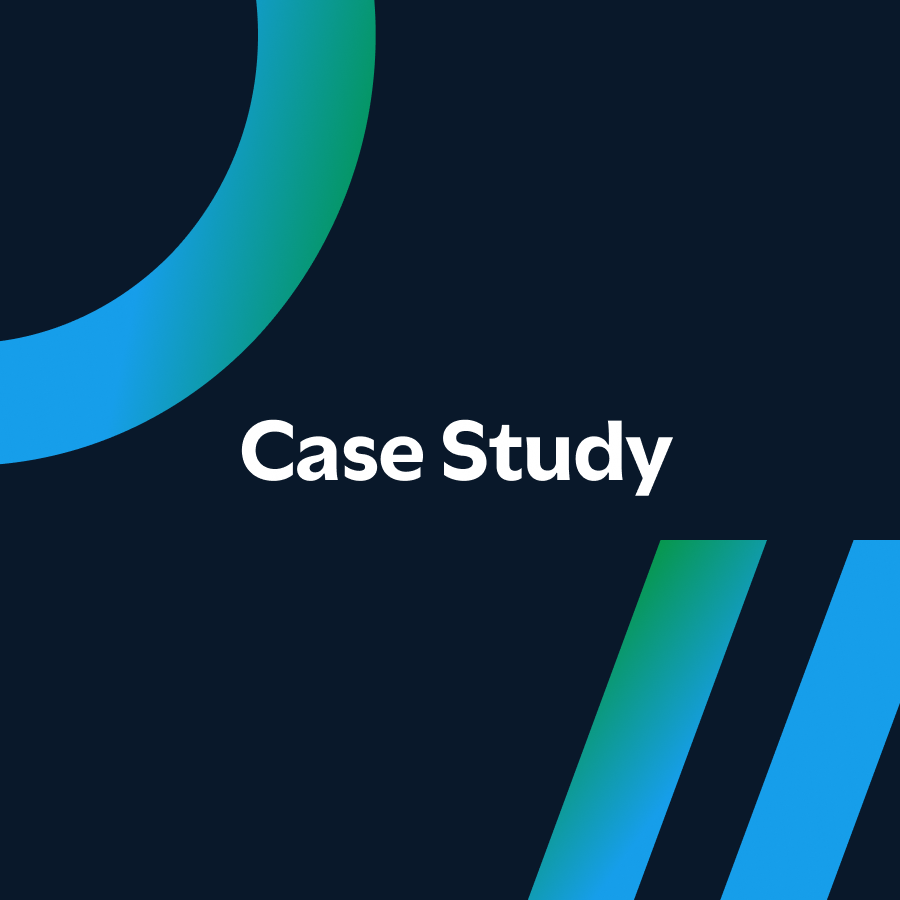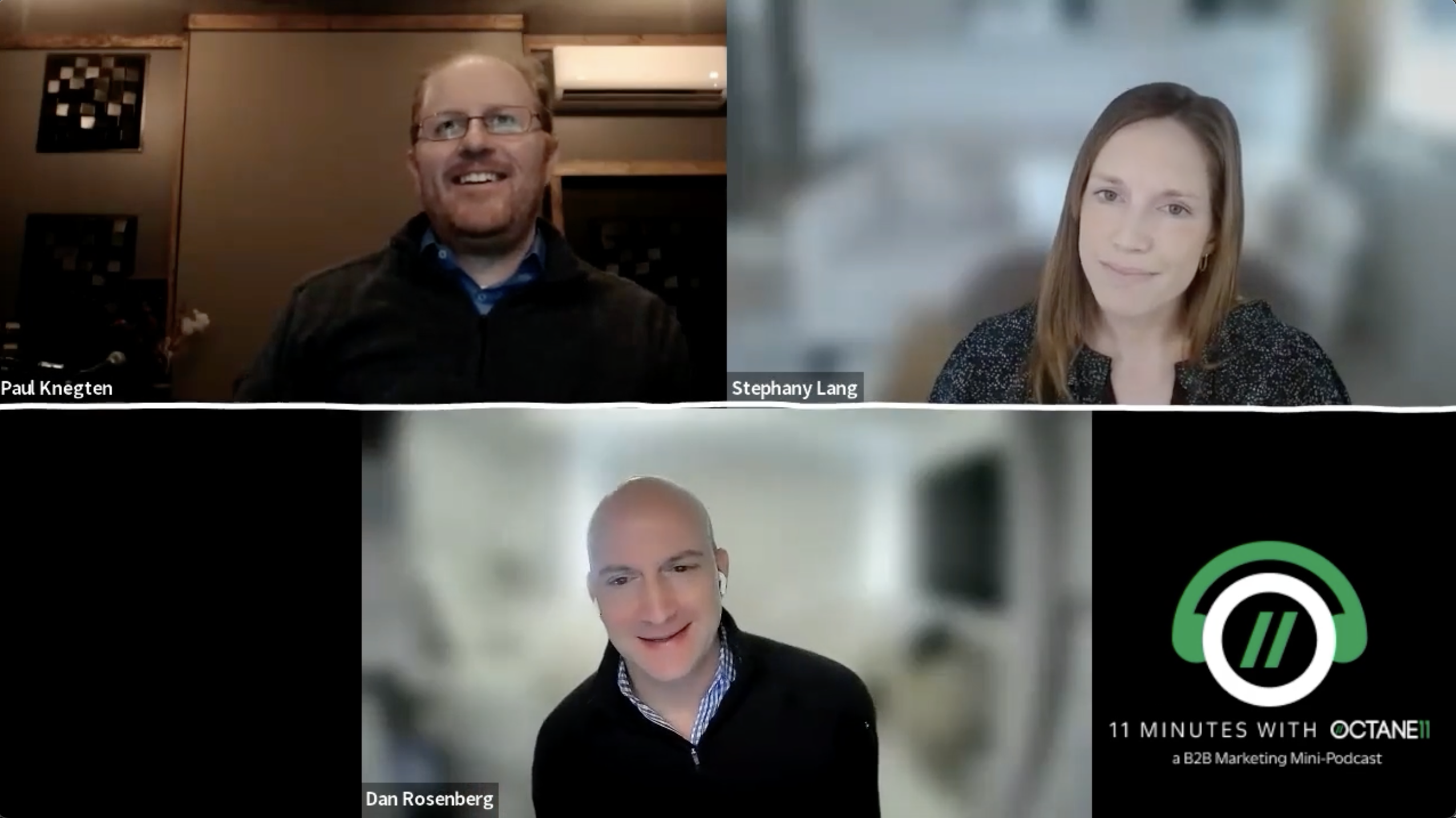In recent years, B2B Marketing and Sales teams have become increasingly well aligned – on targeting the right accounts, making marketing engagement data actionable for sellers, etc., BUT what about aligning Marketing with the rest of the enterprise?! Marketing teams oversee the vast majority of digital touchpoints – websites, email, social, chat, web ads, TV ads, outdoor ads, direct mail, webinars, etc, etc. – and the intent signals generated by engagements with those touchpoints can be extremely valuable to the entire organization – IF they are properly integrated and synthesized. Here are some quick ways you can make your data usable across your organization – and some actual examples of how to use it.
Making Data Usable
Before you can start to share marketing data with the rest of your organization, you need to make sure that all data points are connected by both Accounts and Topics. Accounts (ie. clients, prospects – and maybe even partners and investors) are the currency of B2B businesses, so to make data meaningful, you’ll need to aggregate all actions to the account level (ie. what company is the person completing this engagement associated with). From there, you can overlay account-specific data that you may already have on-hand, like size, industry, client status, stage of funnel, etc, but it all starts with mapping data to the account level. To make data even more useful across the org, you’ll need to map every engagement to a Topic (ie. what was the subject of the interaction – a product, a feature, an event, a hot industry topic?).
With this data in hand, you’ll know not just that an engagement occurred (a visit, a click, a chat, a download, etc), but you’ll also know the content and context. It’s important to note that since B2B audiences can often be very small compared to B2C (ie. a narrow set of people in a specific job function at specific companies in a specific industry), the more touchpoints you can integrate the better, to create as strong and actionable a “mosaic” as possible.
How do you actually do this? In some cases the Account or Topic associated with an engagement will be fairly obvious (eg. a click by a known user at a specific company on a link in an email about a specific product), but more often than not either the Account or the Topic will not be easy to capture and will require additional legwork to surface. Octane11 has tools that use Machine Learning and Crowdsourced data to make these connections at scale, but you can also get started with naming conventions and manual mapping.
Putting Your Marketing Data to Work
Once you’ve properly integrated and enriched your Marketing data, you can put it to work across many teams across the enterprise – not just Sales and Marketing, but Product, Customer Service, HR, Finance and more:
Marketing
Which marketing tactics, tools, creatives and content are driving the most engagement with clients and prospects by region, vertical, size, etc? Based on this data Marketing teams can adjust strategies, test and learn new tactics…and answer the age old question: if I had one more dollar to spend (or cut), where should I spend (or cut) it? It may sound straightforward and obvious, but ask any marketer and they will tell you it is a major challenge.
Sales
Which clients and prospects (by region, vertical, size, sales team, stage of funnel, etc) are showing the most purchase intent against which products, solutions and features? Armed with this data, Sales teams can prioritize account outreach and tailor their own content in emails, meetings, presentations, etc.
Product
Which clients and prospects are engaging with Marketing messages about the new feature we’ve just released? Product teams can use that data to build focus groups to prioritize feature improvements, sharpen packaging and to collaborate with Sales on new business and upsells.
Customer Service
What products and topics are trending among clients by vertical, size, geography, etc? Customer Service teams can use this data to enrich their conversations with clients – even when they are facing challenges – to introduce new solutions and alternatives that can unlock usage and improve retention.
Human Resources
Two great use cases in HR are tracking employee engagement (what topics are trending among team members by department, geo and seniority?) and filling the funnel for new hire candidates (what companies and educational institutions are engaging with your content?). Armed with this data, HR can tailor their activities and outreach as well.
Finance
Are our investments in content, creative, events and tools generating client engagement among actual buyers? Does the early client engagement with new feature messaging support our revenue forecast? Finance teams are tasked with making forward-looking forecasts, often using backward-looking data, and unlocking digital engagement data can give them early insights in real time.
As you can see, the potential for Marketing-generated data to support the full breadth of the enterprise is immense. Unfortunately, this valuable data is rarely, if ever, shared outside of Marketing teams beyond simply passing along “lead gen” forms (that are becoming harder and harder to come by). The key to unlocking this data is to map ALL digital marketing engagements to Accounts and Topics to make it immediately recognizable and relevant to teammates across the organization.
If you’re struggling to integrate and enhance your Marketing data to make it actionable for your organization, visit www.octane11.com to learn more and see how we can help!





